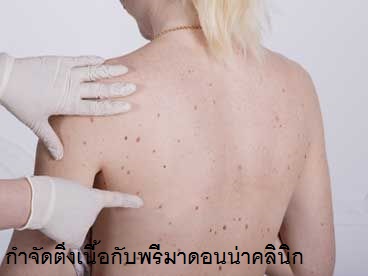Scar Treatment

Scar Treatment
Scar Treatment
Scar formation is a normal response following any injury or surgery; it is the way the body heals injured structures. Scar tissue may involve only the superficial skin, or it may involve the deeper tissues beneath the skin, including nerves and tendons.
An active scar may be red, raised, firm and thick. Scars can become overly sensitive and can limit motion and function.
Your hand surgeon or hand therapist may recommend a variety of scar treatments once your injury is healed, cuts are closed, and stitches are removed. Timing of your scar treatment varies depending on the type of injury or surgery. Scar management treatments may include:
- Scar massage can help decrease sensitivity and loosen any deeper areas that seem “stuck.” Scar massage helps to produce a smooth, moveable scar. You can use any type of over-the-counter cream such as Vaseline, cocoa butter or hand lotion for this. The tissue should be massaged in the direction of the scar for ten minutes twice a day. This is useful for 3-6 months or for as long as it seems to be helping.
- Early controlled exercise programs can prevent stiffness of nearby joints and keep tendons gliding under the skin.
- Silicone gel can be placed on the scar in sheets or in liquid form (Figure 1). Silicone sheets can be washed and re-used. Silicone gel dries as a very thin layer and will stay on curved skin surfaces that move throughout the day. Silicone therapy is best used 12-24 hours a day for 3-6 months. Taping/wrapping of the scar can help reduce swelling and tension.
- Massage, vibration and rubbing the scars with various textures can help overly sensitive scars. These occur when the nerves in the skin and deeper tissues are affected by the injury or surgery. The scar may also be submerged in slightly abrasive particles. The goal of this is to reduce scar sensitivity and to help the skin and nerves become tolerant of the normal forces of everyday living. This process of “desensitizing” the scar can take up to 4 months. It can be started as soon as the skin and repaired tissues have healed.
- Injections or surgery can be effective for special scar problems. Burn scars or other more serious injuries can require aggressive treatment. Special gloves or topical treatment may be used for burn scars.
Some scars take up to a year to mature. Therefore, some scar revisions (a surgery that minimizes a scar so it blends in) may not be offered until a year after injury/surgery. Scars have completed the healing process when they are light in color, smooth, and no longer sensitive to touch. A fresh, healing scar (pink, red, raised, thick, and sensitive) should be protected from sunlight; sun exposure can darken it.





